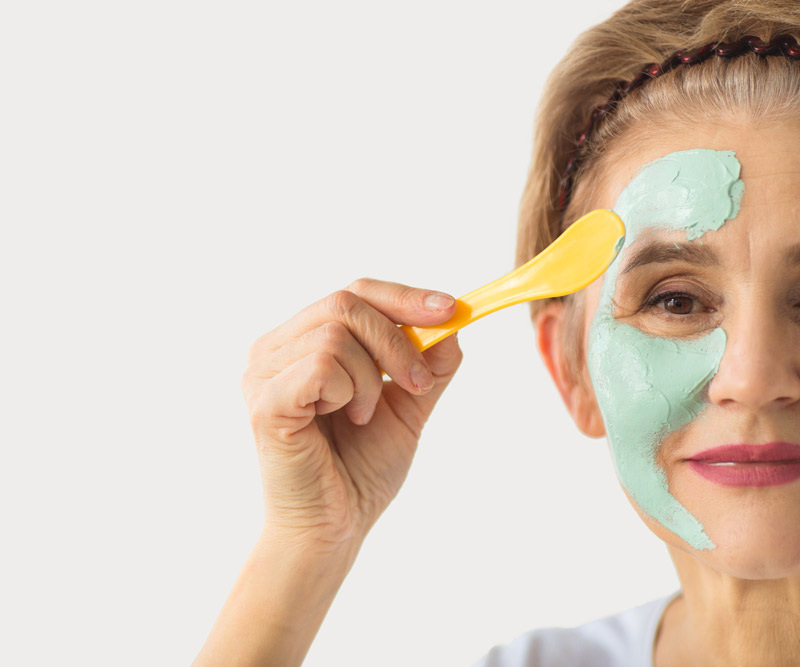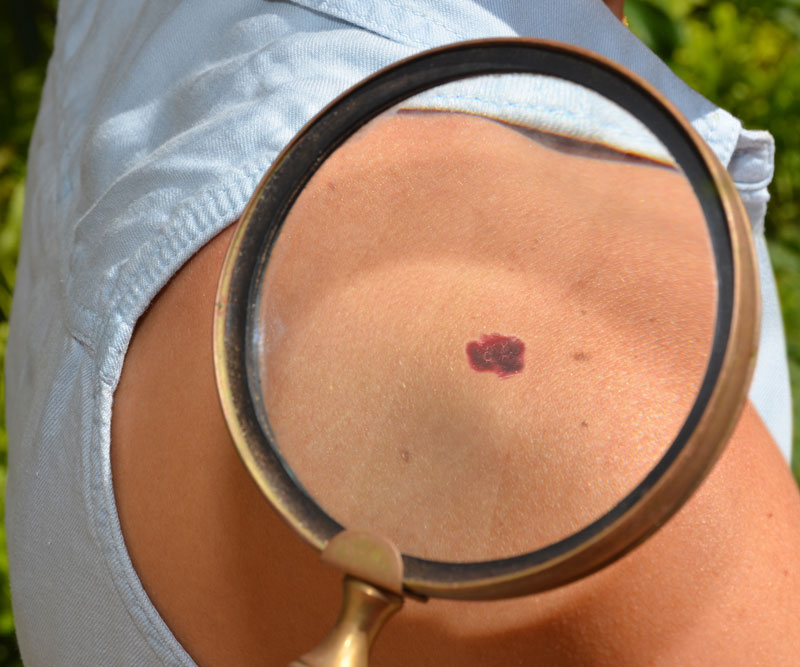
Common Questions About Melasma – What Causes This Condition & Is There a Cure?
Melasma, or chloasma, is a common disorder of hyperpigmentation.
Often called the “mask of pregnancy,” melasma usually appears as a symmetrical mask-like area of brown to gray darkened skin over the cheeks, nose and above the lip.
Less commonly, it also can occur on the jawline, chest and forearms.
Melasma is usually seen in young-adult and middle-aged women of Asian, Hispanic and African descent.
However, the condition can also be seen in men and those of Caucasian descent.
Melasma is especially common in Hawaii, where the genetic and environmental risk factors are plentiful.
How Do You Get It?
Those with melasma have revved-up pigment-producing cells, or melanocytes, within the affected skin.
There is a hormonal component involved, particularly in women who develop melasma during pregnancy or in women who take oral contraceptive pills. These cases tend to fade after delivery or discontinuation of the oral contraceptive pill.
However, research has revealed a multifactorial cause to this often-persistent and stubborn-to-treat condition.
We know that genetics and exposure to ultraviolet light from the sun play a big role. There is also increased evidence that there is a vascular component to melasma, so anything that triggers vessel dilation and formation, such as heat and irritation, may worsen the condition.
Research has also suggested that blue wavelengths of light such as the light emitted by our cell phones, computers, tablets and LED lights can stimulate pigment production and the formation of indirect DNA damage through reactive oxygen species.

How Do You Treat It?
Treatment is aimed at decreasing these hormonal and environmental factors, as well as fading the hyperpigmentation with different lightening agents, chemical peels and laser devices.
Melasma is often stubborn to treat, but can certainly be improved with a good skincare regimen and close follow-up with a dermatologist.
My recommendations always include a good tinted mineral, broad-spectrum sunscreen with SPF 30+. Emphasis is placed on the word “tinted,” as these formulas usually contain “iron oxide” as an ingredient, which blocks visible light.
Mineral sunscreens tend to be less irritating than chemical sunscreens but are often disliked by consumers due to the thick, opaque nature of the cream.
If tinted, the opacity is less of a concern as it then acts as a makeup all the while protecting against UVA, UVB and visible wavelengths of light — all of which worsen melasma.
Examples of mineral, broad-spectrum sunscreens with iron oxide include Supergoop! Daily Correct CC Cream SPF 35, TIZO3 Tinted Face Mineral SPF 40, SkinMedica Essential Defense Mineral Shield SPF 32, Skinceuticals Physical Fusion UV Defense SPF 50, Neostrata Sheer Physical Protection SPF 50 and others.
With patience, a diligent skin care regimen and close follow-up with your dermatologist, much progress can be made in order to safely and effectively even out your skin tone."
Lightening agents commonly prescribed and recommended include skin care regimens and combination creams containing hydroquinone, retinoids, steroids, azelaic acid, kojic acid, niacinamide, vitamin C, arbutin and other less-studied compounds.
It is highly recommended that you consult your dermatologist about these products, as some of the agents can cause irreversible discoloration or worsening of melasma from increased inflammation and aggravation of the skin.
Chemical peels offer a way to deliver some of the above lightening agents and treat pigment in the upper layers of the skin, but must be done with caution, as too much inflammation may worsen melasma, especially in darker skin tones.
The same goes for laser devices.
Lasers work by targeting the pigment and pigment-producing organelles within your cells. However, laser treatments may simultaneously heat the surrounding tissue, sometimes causing worsening of pigmentation.
With patience, a diligent skin care regimen and close follow-up with your dermatologist, much progress can be made in order to safely and effectively even out your skin tone.
Published on: October 2, 2019





